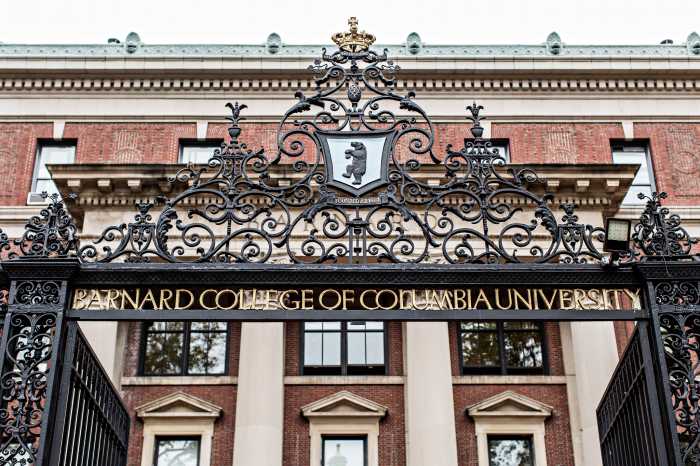The state Department of Environmental Conservation (DEC) recently announced its intention to bring legal action against a company in Long Island City for allegedly discharging concrete waste into the Dutch Kills, a tributary of Newtown Creek, one of the most polluted waterways in the country.
According to an investigation by the environmental watchdog Riverkeeper, New York Concrete Supply Corporation (NYCON), a concrete supply facility at 47-17 27th Street, has been polluting the commercial waterfront parcel at the northwest corner of the Dutch Kills with liquid and solid concrete and gravel materials.
The violations were first observed in July 2006, said Craig Michaels, an investigator at Riverkeeper. The affected area of the Dutch Kills had milky stains as a result of the illegal discharge and the solid waste was so much that it had formed a “beach” of concrete at the bottom of the tributary, Michaels explained.
The concrete waste has raised the water’s alkalinity level, thus threatening aquatic life, Michaels added.
“We are very happy,” he said about the DEC’s intent to bring action against the company, which has broken federal and state laws by causing the contamination.
The DEC announced its intent in a letter dated October 31 and addressed to NYCON’s CEO, Arthur Reis, who was not available for a comment at press time.
The outcome of the action against NYCON will determine the exact size of the penalty the company will likely face, “which penalty should be no less than $150,000,” according to the DEC letter.
The letter does not specify when the legal action is going to begin.
In September, Riverkeeper also sent notification to NYCON about its intent to sue the company because of its environmental violations, but for now the organization will wait to see the outcome of the state action, said Michaels.
Newtown Creek is the site of the Greenpoint oil spill caused by Exxon. Covering an area of over 55 acres, the spill was discovered in 1978 and found to be one and a half times larger than the Exxon Valdez spill.
So far, about nine million gallons of oil have been cleaned up at the creek, but estimates indicate that it will take until at least 2026 to complete the waterway’s remediation.
































